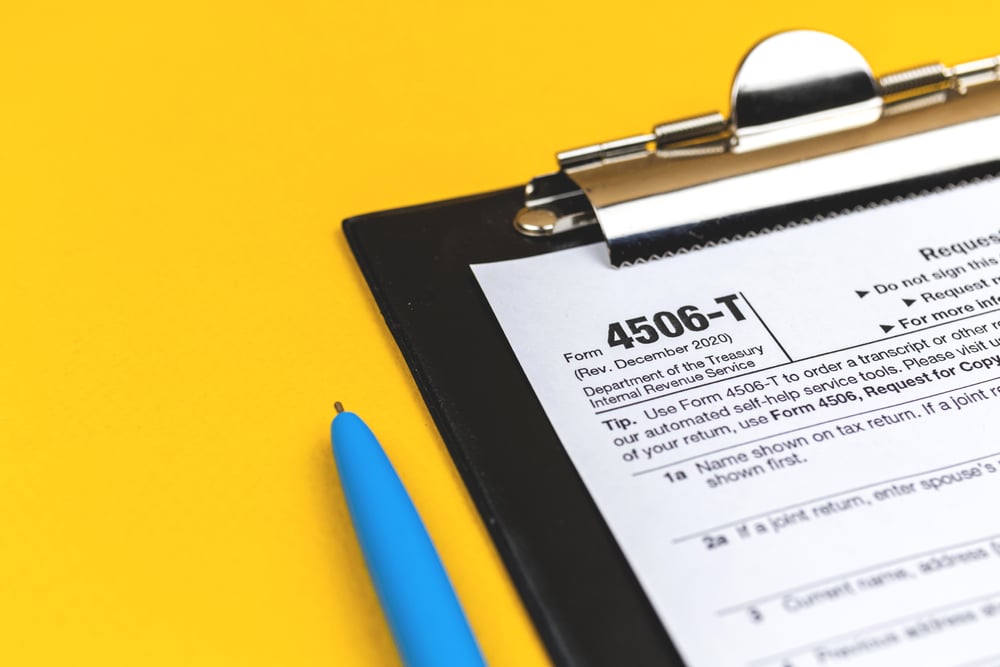Now including step by step instructions for licking the envelope.
In our information era, when most forms of communication are handled digitally, it’s easy to forget about the postal service. But there are times when good old snail mail is still your best bet.
If you need to file your tax return on paper instead of digitally – for instance, if you’re amending a previous return or making a special tax election – you want to make sure that those important documents end up where they’re going. Luckily, the US Postal Service offers something called certified mail that can keep you in the clear.
Here’s how it works.
The basics
- Certified mail is a way to send mail with tracking and verification
- The postal service will maintain a record of the delivery process, including proof of when you sent the mail
- If you want a copy of the recipient’s signature, you can also upgrade to a return receipt or electronic return receipt
- This is a good idea when you’re sending things to the IRS
What is certified mail?
Imagine you mailed something important, but the intended recipient says it never arrived. Now imagine that important mail is your tax return, and the intended recipient is the IRS. Wouldn’t you want to have some proof you could give them that you did indeed send those documents on time?
That’s what certified mail is for. It provides the sender with a mailing receipt that you can present if your timeliness is called into question.
Additionally, certified mail will include an electronic record of the package’s transit.
This service is useful for important mail in general. But the most common usage is documents – legal notices, health care records, government forms, anything that could have serious real-world implications.
| 📑 Note: Certified mail is similar to USPS priority mail, in that they’re both delivered in a comparable timeframe – 1-3 business days – and include electronic tracking. However, only certified mail includes the mailing receipt. |
Return receipt
Certified mail provides a mailing receipt along with electronic tracking, but sometimes you need a little extra security. You can opt to add a return receipt to your certified mail service, which will send the mailer a copy of the recipient’s signature upon delivery (either electronically or via postcard). It doesn’t have anything to do with a package getting returned, by the way – it just means that the recipient’s signature will be returned to you.
For especially time-sensitive deliveries, a return receipt can add an additional level of verification that the recipient should have whatever you sent them.
Cost
All this sounds great, but what’s the cost? Like many of the services the post office provides, it’s surprisingly cheap.
- $4 for certified mail
- $3.25 extra for paper return receipt
- $2 extra for electronic return receipt
At most, that’s less than $8. And don’t worry, the post office will take cash or card.
When do I need certified mail?
Among other things, sending documents via the USPS certified mail service (with return receipt!) is a very good idea if you want to mail a tax return to the IRS.
Filing due dates are important, and the IRS can and will levy penalties and fines if you fail to provide your tax return on time. And if the IRS says your return was late, and you know you mailed it on time, coming with receipts (as the kids say) is key to successfully disputing this and avoiding the fees. Certified mail will provide proof that you sent your documents on time, and with the return receipt service included, you may be able to additionally prove that the IRS received them.
This may not be necessary, but for a maximum of less than $8, it’s a very cheap form of insurance that can potentially save you thousands if it means successfully avoiding an issue with the IRS. Better safe than sorry, right?
How to send certified mail
(updated May 2023)
The instructions for sending certified mail are simple, but very specific, so let’s go over them real quick.
1. Collect and fill out PS Form 3800 and PS Form 3811 from a post office
PS Form 3800 is the certified mail receipt that confirms you sent the package. PS Form 3811 is the domestic return receipt form that provides you with evidence of delivery.
Head on down to your local post office, grab both of these forms, and fill them out with your information and the name and address of the recipient.
2. Peel the tracking number label off of PS Form 3800 and attach it to box 2 of PS Form 3811
This will be a thin white strip that includes the tracking number for your package.
3. Attach PS Form 3800
Make sure the dotted line on PS Form 3800 is lined up with the top of the envelope or edge of the package and fold it over. Leave some room on the right side for appropriate postage.
4. Attach PS Form 3811
If you’re sending an envelope, PS Form 3811 will go on the back. But if you’re sending a package, both PS Form 3800 and PS Form 3811 will go on the front.
5. Pay for postage and fees
Otherwise this entire endeavor becomes a crime! The clerk will stamp PS Form 3800 and give you the bottom portion.
6. Keep your information in a safe place
The bottom portion of PS Form 3800 contains the information you need to track your delivery on the USPS website. Keep it in a safe and accessible place.
And then you just wait. Track your package to follow its progress. When your package arrives at its destination, the recipient will sign the return receipt and the postal service will send the receipt back to you. You’re all done!
The bottom line
Certified mail (with return receipt) isn’t super complicated, as long as you follow directions. But it can be the difference between a successful tax season and a giant headache.
If you’re ever mailing anything important – and certainly if you’re mailing anything to the IRS – you should probably be sending it as certified mail. And a return receipt wouldn’t hurt, either.
Want to know if you should be filing your tax return on paper? Need other tax related help? Schedule a call with DiMercurio Advisors, we’ve got you covered.








